What is Web 3.0? The Future of Tech Defined
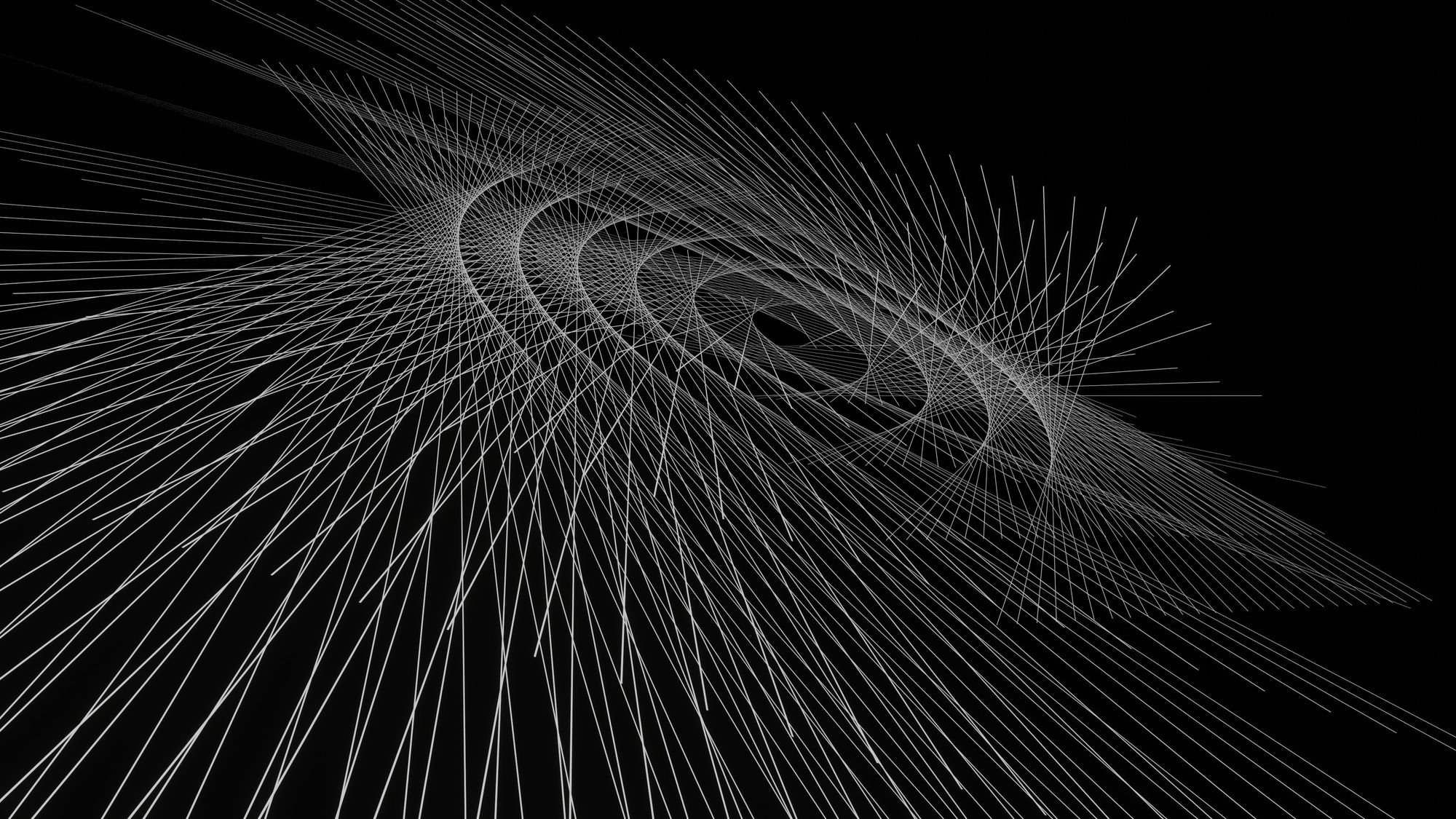
This year, some of the greatest and most frequent names in technology include Web 3.0 and blockchain. It’s the start of a new beginning, and the wave of Web 3.0 is likely to be as disruptive and compelling as that of Web 2.0—if not more.
“Shed the status quo, and step into the future. Ready or not, Web 3.0 is coming.” —Forbes
Read on to find out what Web 3.0 is, its benefits and downsides, and what it really looks like, including examples of how it may impact our day-to-day lives.
What's Inside
What is Web 3.0?
To grasp a better idea of Web 3.0, consider its predecessors: Web 1.0 and Web 2.0. For a further comparison, refer to Investopedia.
A movie analogy: “Web 1.0 represented the black-and-white movie era, Web 2.0 would be the age of color/basic 3D, while Web 3.0 would be immersive experiences in the metaverse.”
The chart below displays each generation’s distinct features:
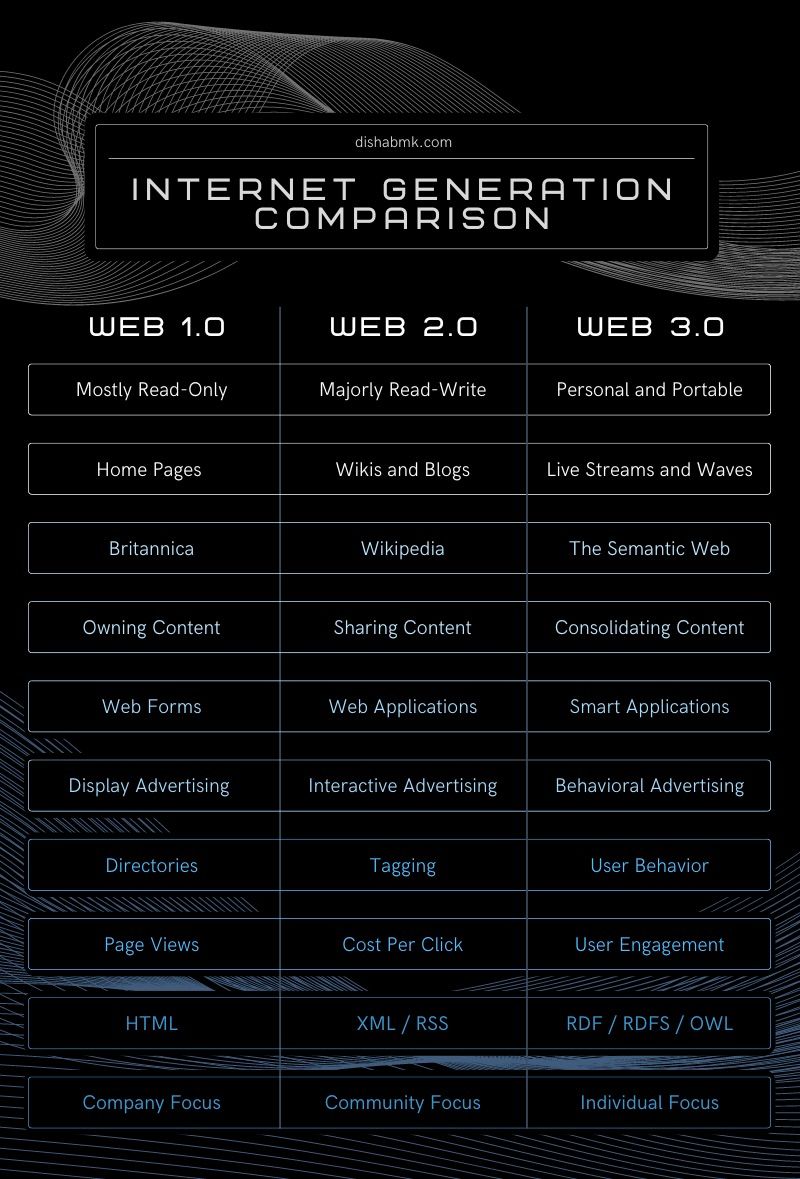
Web 1.0
In the era of Web 1.0, the internet was still developing. It largely involved users reading and acquiring information from sites like Britannica; these sites were limited in both functionality and flexibility.
Web 2.0
With Web 2.0, users had a more tangible effect; rather than just reading information, users could now contribute information. Think about the hundreds of edits made by users daily to update Wikipedia pages. Or, every social media influencer that leverages the internet to share their voice.
“Web 2.0 makes it possible for user-generated content to be viewed by millions of people around the world virtually in an instant; this unparalleled reach has led to an explosion of this type of content in recent years.”
The result—today’s wonderful web of thriving communities and users united by shared passions, interests, and personalities. Web 2.0 also spurred the growth of the powerful FAANG—Meta (previously Facebook), Amazon, Apple, Netflix, and Alphabet (previously Google)—which is today’s top tech giants in the U.S. by market capitalization. Web 2.0 even proliferated the gig economy, opening up a world of possibilities and income opportunities from Uber, DoorDash, Etsy, Fiverr, just to name a few.

Here's a few ways that Web 3.0 may further amplify the gig economy and allow businesses and independent contractors alike to realize profit opportunities.
Web 3.0
In Web 3.0, the spotlight lands on the user; it transitions from Web 1.0’s company focus and Web 2.0’s community focus to ultimately individual focus.
This third generation of internet services aims to extract and consolidate information from the internet’s data, then create intelligent solutions and websites.
For instance, the Internet of Things (IoT)—physical objects, or things, that are embedded with sensors and softwares—collects data to create smart solutions. Though IoT applications are in its initial stages, transformative devices to date include smart grids, wrist wearables, and internet refrigerators. The potential for IoT is as boundless as it is exciting. That said, Web 3.0 will spur machine-learning and the data-driven tools essential to expanding IoT’s scope and seamlessly integrating it into our lives further.

Advantages of Web 3.0
The features covered so far barely cover what makes Web 3.0 a highly potent technology and major upgrade from its predecessors. Advantages of Web 3.0 include trustless and permissionless characteristics, decentralization, limited data leaks, a bottom-up design, artificial intelligence and machine learning, edge computing and the Semantic Web, as well as connectivity and ubiquity.
Trustless
Web 3.0 is trustless, in that users will be able to directly interact with one another on the web and navigate the network without having to go through a third party or trusted intermediary.
Permissionless
Users won’t need authorization from a governing body to provide their own value to the web. Every individual contribution in Web 3.0 will occur via blockchain applications or decentralized peer-to-peer networks.
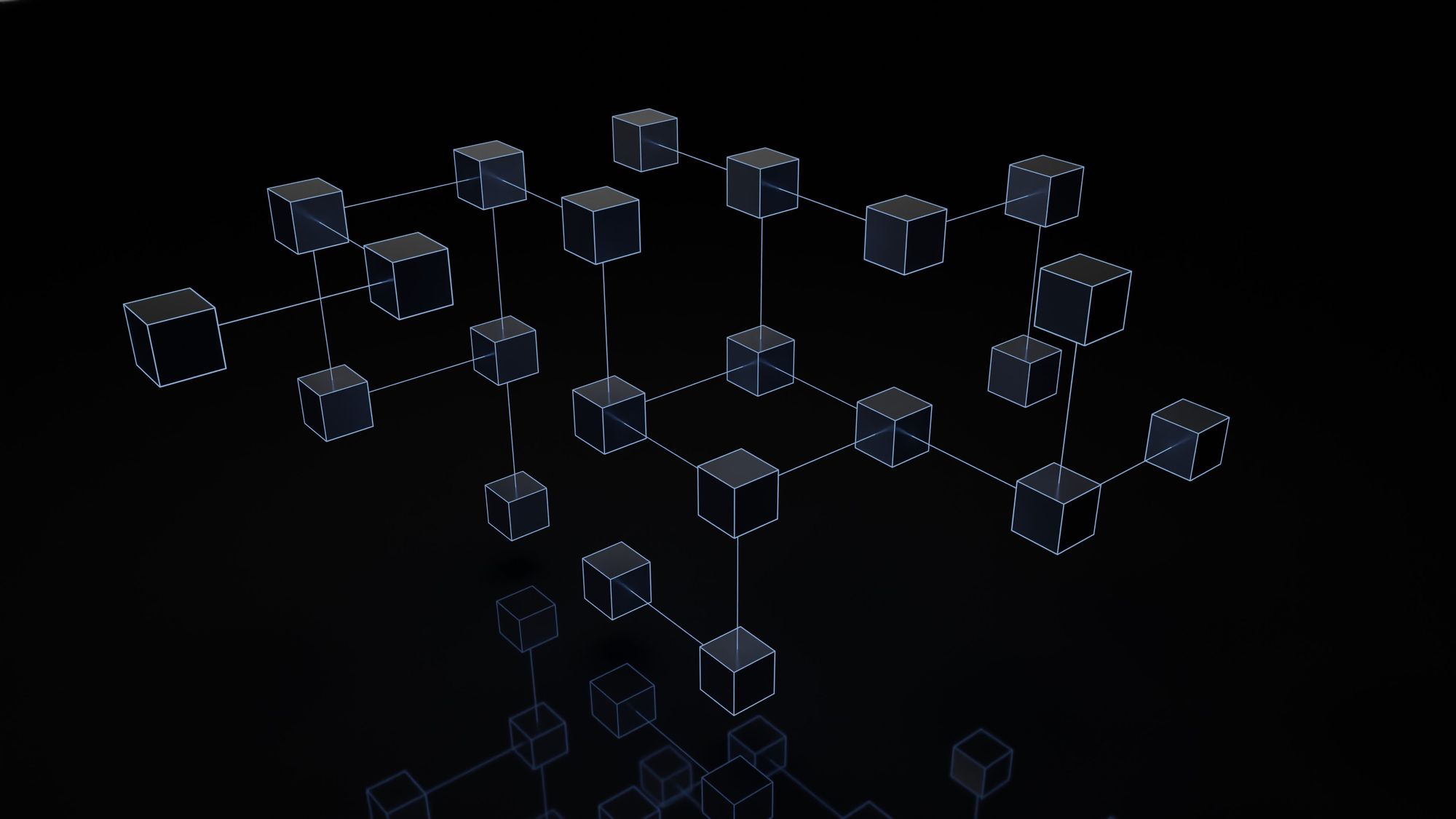
Decentralization
Participants will no longer need permission from higher authorities to post on the web; power will be reinstated to users and, thus, decentralized. Of course, this doesn't make today’s large, data-hungry companies too happy, as they wish to maintain their profit-centric data vaults. Web 3.0 would break down the massive databases currently held by internet giants like Meta and Google—handing greater control to users.
It’s a direct threat to the large internet giants that we have now, and only time stands in between Web 3.0 obliterating the tech and data sectors currently dominated by Web 2.0 companies.
Web 3.0 structure, in itself, will also be decentralized. While Web 2.0 is currently a collection of web addresses that point to different bubbles of info, Web 3.0 will have the ability to store information in multiple locations simply because information will be found based on content, not specific web addresses entered (more on this later).
Limited Data Leaks
In the Web 3.0 model, users are able to log onto websites without having their internet identity tracked, enabling them to regain control with personal data from larger companies. Those pesky things called “cookies”? Supposedly, Web 3.0 eradicates them entirely. And, it’ll “curb the network effects that have enabled the technology giants to become near monopolies through exploitative advertising and marketing practices” (investopedia.com).
Bottom-Up Design
All users are empowered to experiment with the coding that will ultimately build Web 3.0. It's a breath of fresh air from Web 2.0’s top-down status where code is restricted to small groups of individuals.
Artificial Intelligence (AI) and Machine Learning
Web 3.0 computers will maintain human-like accuracy in its ability to understand information thanks to natural language processing and artificial intelligence. Computers could pick up on human semantics like “I <3 U” and be easily registered as “I love you.” That's just one of many future AI applications.
Edge Computing and Semantic Web
Web 3.o aspires to replicate the concept of the Semantic Web to an extent. The Semantic Web is a more sophisticated web where users can search and connect with content based on how the meaning of words are comprehended by computers, rather than mere keywords or numbers. An exhaustive, technical explanation of the Semantic Web can be found at ontotext.com.
Edge computing, on the other hand, is a term for computing that optimizes IoT performance by efficiently linking applications to data collected by IoT devices.
Connectivity and Ubiquity
Web 3.0's incorporation of both the Semantic Web and artificial intelligence would make the web intelligent in such a way that users could use all types of convenient applications and day-to-day IoT devices. Content could be accessed from anywhere, making the web ubiquitous. Peer-to-peer (p2p) connectivity would also flourish from Web 3.0’s trustless nature.

Disdvantages of Web 3.0
Just like any novel tech, Web 3.o has a gray areas in terms of viability. Potential downsides of Web 3.0 include the lack of regulation and censorship, poor data storage, and slow mainstream adoption.
Lack of Regulation and Censorship
Web 3.0’s decentralized model is a double-edged sword. Much regulation and censorship difficulties come with greater user freedom.
Web 3.0 poses unanswered questions, like “which country’s laws would apply to a specific website whose content is hosted in numerous nations globally” (investopedia.com). How would this be enforced? With censorship, dangers like cybercrime, hate speech, and misinformation will be ultra-difficult to police.
“No permission is needed from a central authority to post anything on the web, there is no controlling node, and so no single point of failure… and no ‘kill switch’! This also implies freedom from indiscriminate censorship and surveillance.” —Investopedia
Poor Data Storage Mechanism
All data will be stored on the blockchain, which makes navigating these pockets of data difficult unless there’s a clear, structuralized way to do so. Web 2.0 uses URLs to easily search for content. But, this system might not be transferable to the decentralized blockchain. Truly, Web 3.0’s success hinges on how easy info searchability becomes for everyday individuals.
To demonstrate, here’s news.bitcoin.com’s discussion on the search problem with NFT’s, which are digital assets that can broadly be classified as data: if a digital creator wants to mint an NFT, “how do artists connect with their audience if their material is on a chain? Right now, if an NFT is built on Ethereum (ETH) and the interplanetary File System (IPFS), it’s opaque… if techies aren’t building searchability into Web 3.0 as a first-class citizen, how will it see global adoption?”
Delayed Widespread Adoption
IoT devices are expensive and are not yet at a point where they’ve become necessities and penetrate daily life. For Web 3.0 to become mainstream, more people need to be aware of the technology. IoT devices must also become readily available, with an emphasis on easy user interface.

How Will Web 3.0 Impact You?
Up to this point, this article has covered Web 3.0 in technical terms. But, how will Web 3.0 play out in our day-to-day lives? What does Web 3.0 look like for the average user? Consider three cases below that may become a reality given that Web 3.0's golden goals are actualized. They include Web 3.0’s impressive searchability feature, intelligent IoT technology, and transferrable digital assets.
Information Based On Content—Complex Searchability Feature
Consider aicon.com’s take on advanced Web3.0 search requests: “for example, music’s objective properties can be indexed, like tempo, key, instrumentation, and more. Can someone find songs in the key of G without the song or the containing page being titled ‘songs in the key of G?’ How about gipsy jazz songs between 125 and 135 beats per minute featuring a violin as the lead instrument?” In a Web 3.0 world, targeted and niche search abilities will precisely tailor content to users.
Here’s another scenario from expert.ai: “In Web 3.0, while driving, you can ask your automotive assistant a question: ‘I would like to watch a romantic movie and eat Japanese food.’ The search engine embedded in the car assistant provides you with a personalized response that considers your location, suggesting the closest cinema that matches your request and a good Japanese restaurant by automatically consulting the reviews on social media. Then it might even present a 3D menu from the restaurant on the display.”
Intelligent IoT Technology
Here's a hypothetical scenario on what future IoT devices could do when synced up to music: “imagine a DJ planning an event who wants to create a specific contour for the evening [via advanced color display technology]. It starts relaxed with blue artwork that fits the interior design of the event being projected on the screens. The intensity builds with faster music with more intense instrumentation, and the artwork turns green—the set peaks with complementary red artwork and uptempo, and aggressive music” (aicon.com).
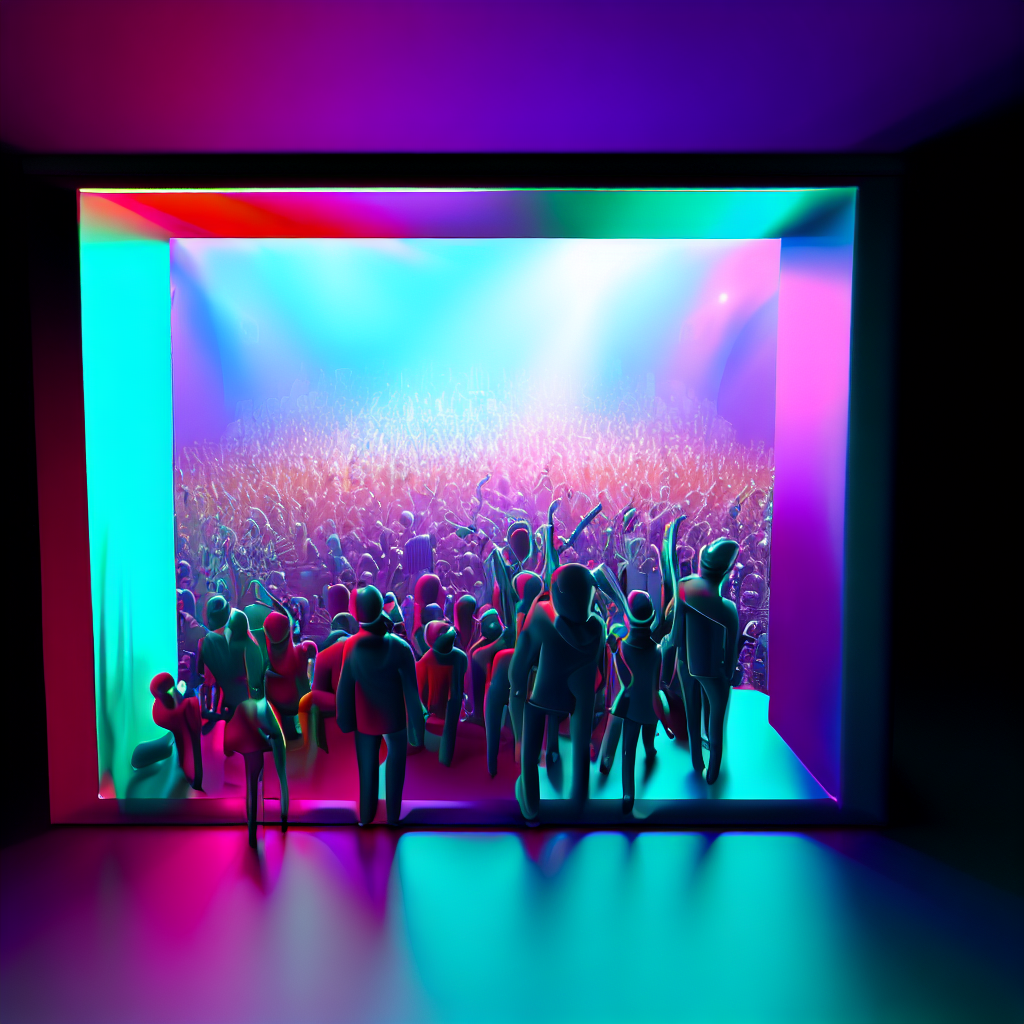
Transferrable Digital Assets
Once again, Web 3.0 is about the individual. It’s an age where people can represent and express themselves in imaginative ways. This generation's concept of the metaverse will grant people the chance to show off their avatars, designed by each in a way that reflects them. With a rise digital assets, such as NFT's, the outlook of the future includes trends like showing off digital assets in digital wallets–like MetaMask. Fan of baseball? Perhaps a baseball card NFT will find its way into a digital wallet. Displayed publicly, NFTs may be the perfect conversation-starter for those with similar assets in their wallets.
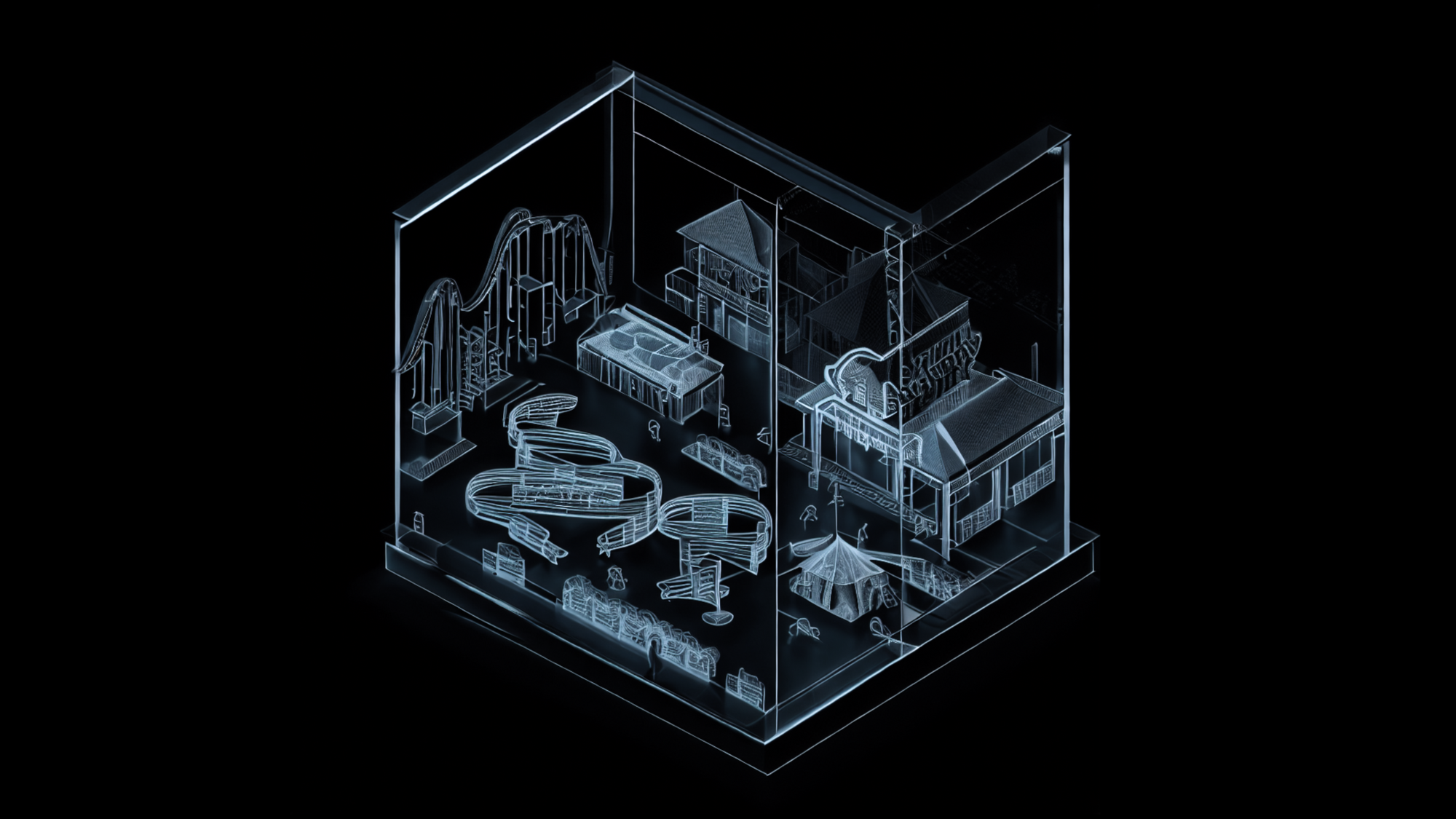
Blockchain technology will also allow users to transfer digital assets and preserve their digital identities across different platforms. For instance, Benzinga mentions how "instead of having a different username on Twitter, Instagram, and TikTok, you can have a single identity and store your data [via blockchain technology] on your own. When we own our digital identity, we don't have to worry about an engineer taking down an entire network just by a routine maintenance mistake, as was the case with Facebook... you could switch services at the click of a button without losing years of information."

Conclusion
The onset of Web 3.0, where computers extract and consolidate information from users, will spark infinite opportunities—a long way from Web 1.0, which was solely based on users acquiring information, and Web 2.0, which centers around users contributing information. Internet companies within Web 2.0 are dominating and now it’s become the norm; one can only imagine the mighty force of Web 3.0 companies when their turn arrives, and what the future entails when such technologies are immersed into our gig economy and everyday life.
The benefits of Web 3.0 include its trustless and permissionless traits, decentralization, limited data leaks, a bottom-up design, artificial intelligence and machine learning, edge computing and the Semantic Web, as well as connectivity and ubiquity. However, downsides to Web 3.0 include the lack of regulation and censorship, poor data storage, and slow mainstream adoption. With Web 3.0’s machine-learning and AI, processing advanced requests from users will be flawlessly executed by computers; this paves the way to enormously simplify our lives. Naturally, then, Web 3.0 will also expedite the creation of the Internet of Things and we are yet to find out what’s in store for us in terms of new and convenient applications.
Technology will continue to evolve and create remarkable possibilities once the world enters the Web 3.0 stage. Web 3.0 will soon be reality. It's inevitable. And, it's the future of tech.

